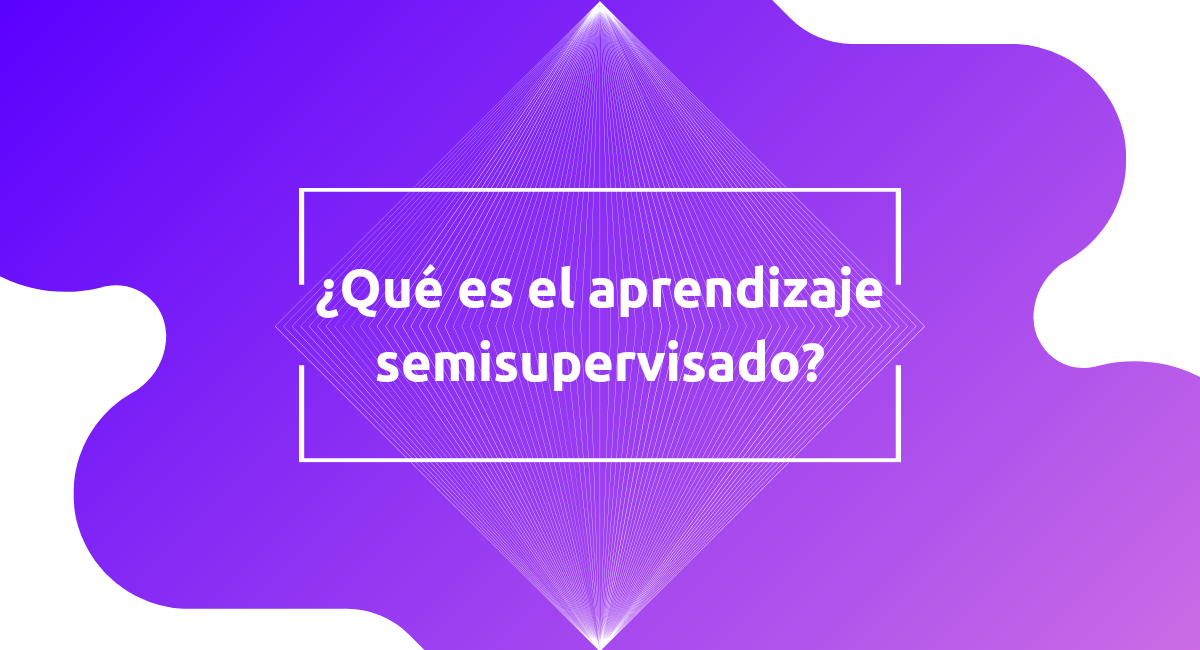Semisupervised Learning
1. What’s semisupervised learning
Semi-supervised learning is an approach in machine learning that combines labeled and unlabeled data during model training. Unlike supervised learning, which uses only labeled data, and unsupervised learning, which works only with unlabeled data, semi-supervised learning seeks to take advantage of the valuable information present in both types of data. This allows models to benefit from the abundance of unlabeled data, while using available labels to improve generalization ability and accuracy in predicting new or unseen data during training.
2. What’s the semisupervised learning function?
Semi-supervised learning is instrumental in scenarios where obtaining labels for a large volume of data is expensive or impractical. By combining labeled and unlabeled data during training, this approach seeks to leverage the valuable information contained in both categories. This results in more robust and generalizable models as they can learn complex patterns from unlabeled data, while using available labels to guide and improve accuracy on the specific task. Its application is valuable in fields such as natural language processing, computer vision, and computational biology, where the limited availability of labeled data is a common barrier to the development of effective models.
Furthermore, semi-supervised learning plays a key role in efficiently managing large data sets, allowing models to benefit from the richness of information contained in unlabeled data. This is particularly useful in situations where manual annotation of data is impractical due to time or resource constraints. By leveraging the combination of labeled and unlabeled data, this approach provides a balance between the cost of collecting labels and improving predictive performance, being essential in building effective models in various machine learning applications.
3. Examples of semisupervised learning.
- Facial recognition.
- Sentiment analysis in text.
- Medical diagnosis from images.
- Automatic translation.
- Document classification.
- Recognition of biochemical patterns.
Do you need to develop this kind of model for your project?
We can help you develop it! We are specialists in the development on data and AI based projects.


